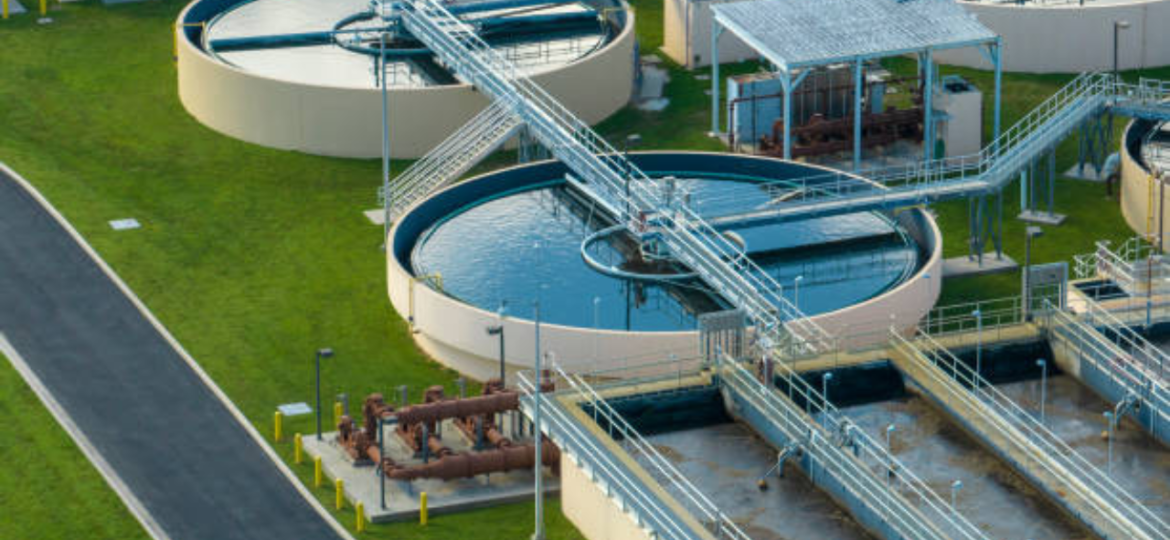
Effluent Treatment Plants (ETPs) play a critical role in managing industrial waste and safeguarding the environment. By treating wastewater before it is discharged, ETPs help industries meet regulatory standards and minimize environmental harm. In this blog, we will explore what Effluent Treatment Plants are, their importance, components, processes, and a detailed conclusion highlighting their significance.
What are Effluent Treatment Plants?
Effluent Treatment Plants are specialized facilities designed to treat wastewater generated from industrial processes. Industries such as pharmaceuticals, textiles, chemicals, food processing, and manufacturing produce effluents laden with pollutants, including organic and inorganic substances, heavy metals, and toxins. ETPs remove these contaminants, ensuring the water released back into the environment is safe and compliant with legal standards.
Why Are Effluent Treatment Plants Important?
- Environmental Protection: ETPs prevent untreated effluents from polluting rivers, lakes, and groundwater.
- Regulatory Compliance: Industries are required to meet wastewater discharge standards set by environmental authorities. ETPs ensure compliance.
- Resource Recovery: Treated water can be reused for irrigation, cooling systems, or other non-potable applications, reducing water wastage.
- Public Health: Properly treated effluents reduce the risk of waterborne diseases and protect ecosystems.
- Corporate Responsibility: Using ETPs reflects an organization’s commitment to sustainability and environmental stewardship.
Components of an Effluent Treatment Plant
Primary Treatment Units:
- Screening System: Removes large debris such as plastic, paper, and leaves.
- Sedimentation Tanks: Allow suspended solids to settle.
Secondary Treatment Units:
- Biological Treatment Systems: These include processes like activated sludge and biofilters to degrade organic matter.
- Aeration Tanks: Promote microbial activity to break down pollutants.
Tertiary Treatment Units:
- Filtration Systems: Sand or carbon filters remove finer particles.
- Disinfection Units: Use chlorine, UV, or ozone to eliminate pathogens.
Sludge Management Systems: Handle the byproducts of the treatment process, ensuring proper disposal or reuse.
The Effluent Treatment Process
Preliminary Treatment:
- Effluent passes through screens to remove large particles and is then sent to grit chambers for removing sand and grit.
Primary Treatment:
- The wastewater undergoes sedimentation, where heavier solids settle at the bottom, and oil and grease are skimmed from the surface.
Secondary Treatment:
- This involves biological treatment, where microorganisms degrade organic pollutants.
- Aeration systems and bio-reactors enhance this process, ensuring high removal efficiency.
Tertiary Treatment:
- Advanced processes like reverse osmosis, ultrafiltration, or ion exchange are employed for further purification, achieving water quality suitable for reuse or safe discharge.
Sludge Treatment:
- Sludge from the sedimentation tanks is dewatered and treated for safe disposal or reuse in energy generation or agriculture.
Conclusion
Effluent Treatment Plants are indispensable in today’s industrial landscape. They not only help industries comply with stringent environmental norms but also contribute to water conservation and sustainability. By removing harmful pollutants, ETPs protect ecosystems, prevent waterborne diseases, and ensure that valuable water resources are preserved for future generations.
For businesses aiming to minimize their environmental footprint and uphold corporate responsibility, investing in an efficient ETP is not just a necessity—it’s a commitment to a greener, cleaner future. With advancements in technology, modern ETPs are becoming more efficient, cost-effective, and eco-friendly, making them an essential part of sustainable industrial operations.
Whether you are part of a growing industry or a large corporation, understanding and implementing effective effluent treatment is a step toward a sustainable tomorrow.


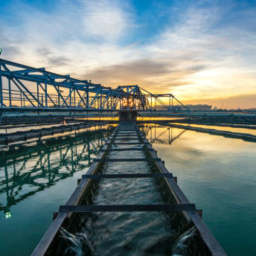

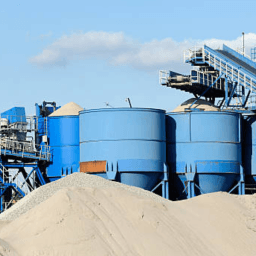
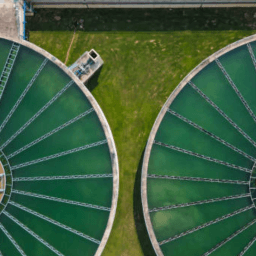
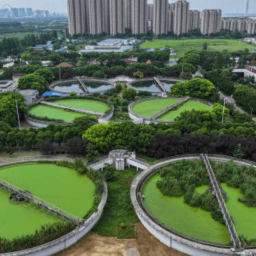
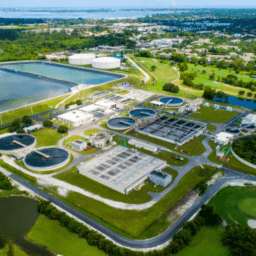


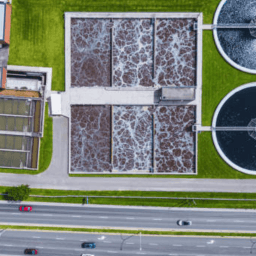

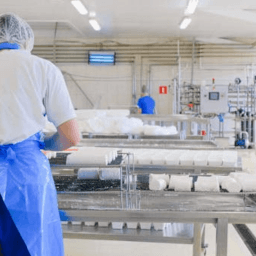
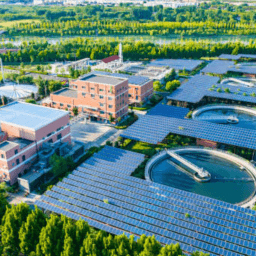
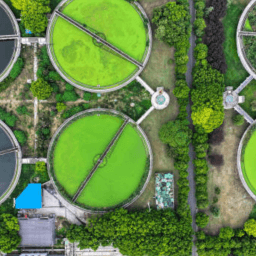


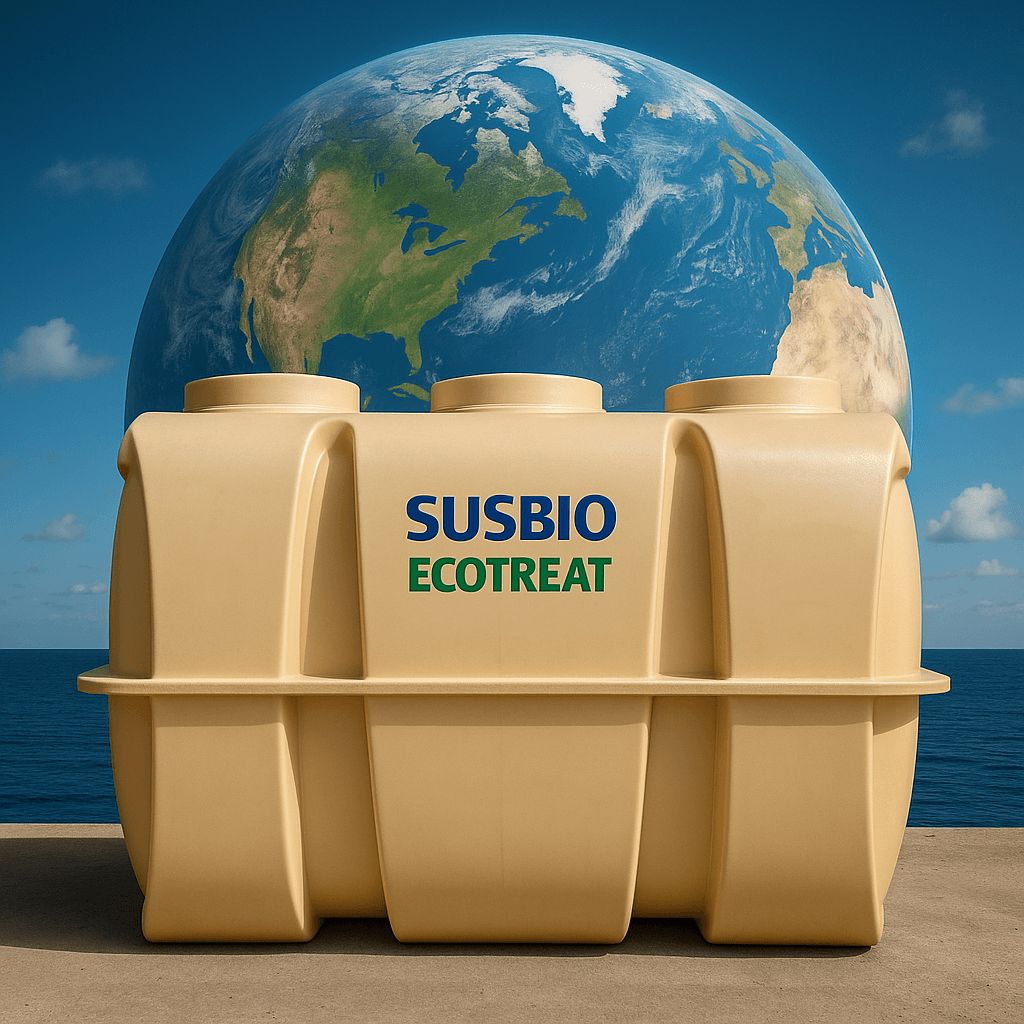
[…] due to daily operations such as kitchen activities, cleaning, laundry, and restroom usage. Effluent treatment plants (ETPs) play a critical role in managing this wastewater efficiently, ensuring compliance with […]